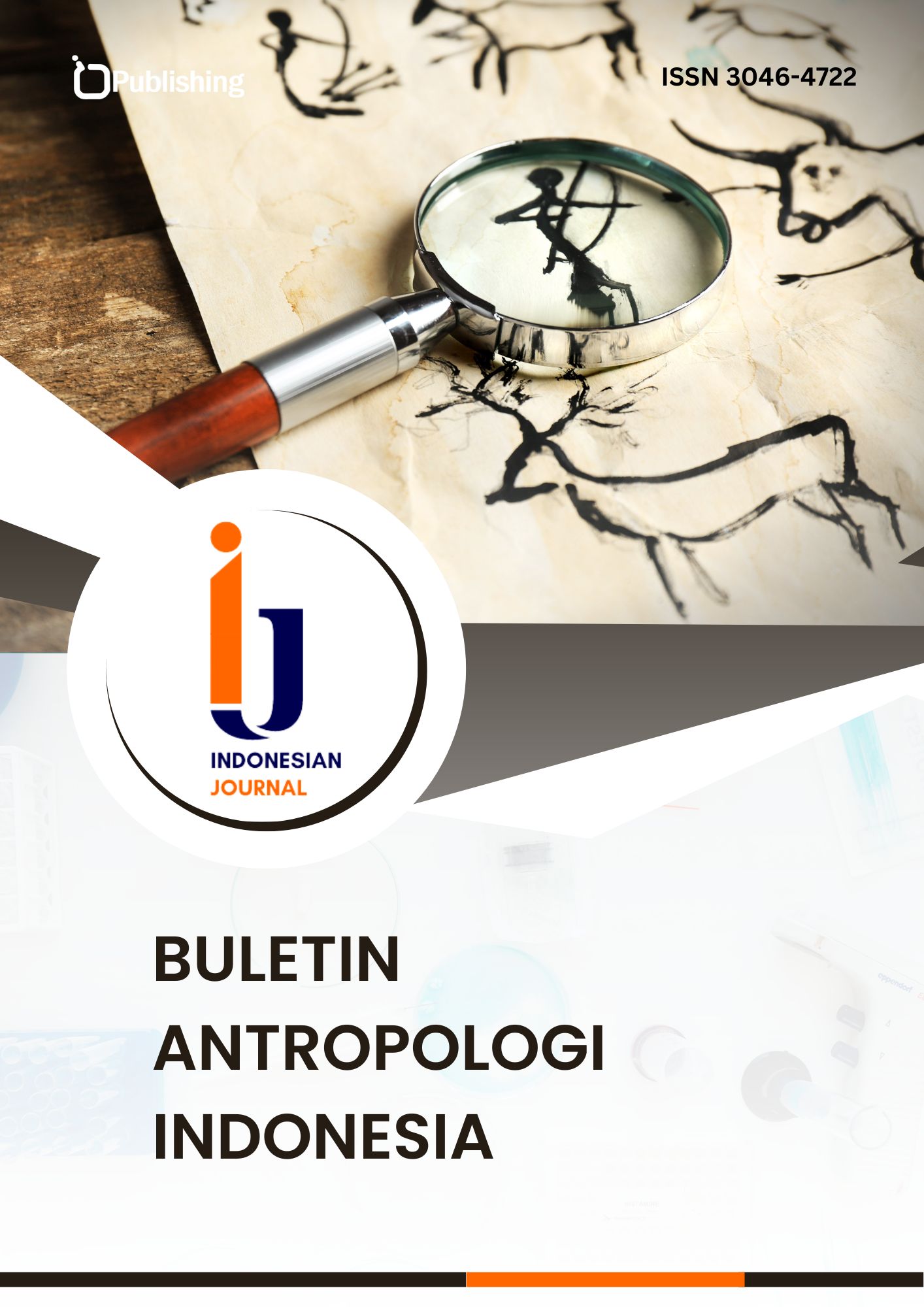Ethnotourism In The Bukhara Oasis: Opportunities, Achievements and Problems
DOI:
https://doi.org/10.47134/bai.v2i3.4364Keywords:
Living Museum, Craft Quarters, Outer Courtyard, Inner Courtyard, Jewish Quarter, Iranian Mosque, Gypsy Quarter, Folk EnsembleAbstract
The Bukhara oasis’ geographic location, distinctive natural environment, rich historical and ethnographic legacy, and potential for modern tourism are all thoroughly examined in this article. This historic oasis, which is centred on the Zarafshan River, is notable for its multiethnic makeup, national cuisine, craftsmanship, and architectural traditions. Through the harmony of Bukhara’s ancient residential architecture, verandas, tandir kitchens, and guest rooms with art and nature, the author examines the aesthetic preferences and worldview of the local populace. Important details regarding the historical neighbourhoods of different ethnic groups, including Turkmens, Iranians, and Jews, as well as their cultural and religious landmarks, are also included in the article. The article illustrates how Bukhara used to look based on old photos from the late 19th and early 20th centuries. Today, national customs, folk applied arts, and culinary culture are being actively promoted by ethnotourism destinations like Shirin, Sheykhon, Qorgon, and Borontepa. The author lists the issues impeding ethnotourism’s growth and makes recommendations for how to address them. This article portrays Bukhara as an outdoor ethnographic museum that is crucial to the growth of global travel.
References
10 reasons to visit Uzbekistan. (2021). Tashkent: Dinara & Co.
Abdullaeva, K. (2017, March 18). Folk customs. Darveshona – charity and almsgiving ceremony. Kashkadarya Newspaper. http://qashqadaryogz.uz (Accessed March 24, 2024)
Almeyev, R. (2011). History of registration and activities of the second community and synagogue of Bukharan Jews in Bukhara (1989–1999) (p. 3). Bukhara.
Askarov, A. (1973). Pages from the early history of Bukhara (p. 3). Tashkent: Fan.
Bobojonov, Sh. (2017). Monuments of Sharif city (A journey to historical monuments of Bukhara) (pp. 225–227). Bukhara.
Bobojonov, Sh. (2024). Ethnographic photography of Turkestan. Information Library Magazine “INFOLIB”, 46(4).
Bobojonov, Sh. U. (2020). The English spy who visited Bukhara. Oriental Art and Culture, (III), 416–421.
Bobojonov, Sh. U. (2024). Darveshona in Uzbek ritual culture. Lessons of Imam Bukhari, (4), 24.
Bobojonov, Sh. U. (2024). Formation and development features of pilgrimage tourism in the Bukhara region (pp. 72–73). Tashkent: Papes Print.
Department of Cultural Heritage of Bukhara Region. (2020). Current archive data.
Field notes. (2021, August & November; 2022, August). Bukhara region, Bukhara city.
Field notes. (2021, August). Bukhara region, Bukhara city, Kokaldosh mahalla.
Field notes. (2023, November). Bukhara region, Qorakol district, Kamolot mahalla.
Korabayev, U. (2002). Uzbek national holidays (p. 55). Tashkent: Sharq.
Manakova, V. N. (1991). The art of Bukhara’s master builders (on the example of early 20th-century housing). Architecture and Construction of Uzbekistan, (5), 22.
Muhammadjonov, A. (1972). History of irrigation in the Lower Zarafshan valley (from ancient times to early 20th century) (p. 25). Tashkent: Fan.
Pisarchik, A. (1937). Urban residential houses of Bukhara and Khiva. Architecture of the USSR, (1).
Qurbonova, M. B. (1994). Traditional dishes of Uzbeks and Tajiks of the Bukhara oasis (late 19th – early 20th centuries) (Candidate of historical sciences dissertation, p. 21). Tashkent.
Qurbonova, M. B. (2016). The role of sweets and drinks in the material culture of the oasis. In Ancient heritage of Bukhara (pp. 133–138). Bukhara.
Rempel, L. I. (1960). Architecture of old Juibari. In Architectural Heritage of Uzbekistan (pp. 162–164). Tashkent: Academy of Sciences of Uzbek SSR.
Shaniyazov, K. Sh., & Ismailov, Kh. I. (1981). Ethnographic essays on the material culture of Uzbeks in the late 19th – early 20th centuries (p. 33). Tashkent: Fan.
Shosaidov, A. (2023, February 25). The importance of illustrative materials in archival sources for researching regional ethnography. Oriental Journal of History, Politics and Law, 50. https://www.supportscience.uz/index.php/ojhpl
Ulugbekovich, B. S., & Sobirovich, T. B. (2025). Bukhara Silk Bazaar as a symbol of 16th century trade and architectural heritage. Mediterranean Journal of Basic and Applied Sciences (MJBAS), 9(1), 154–158.











